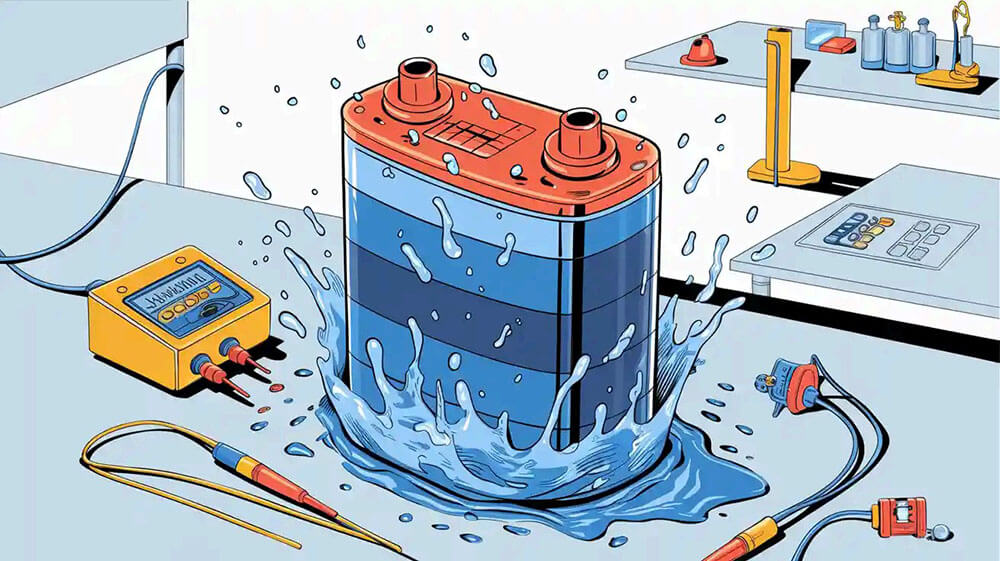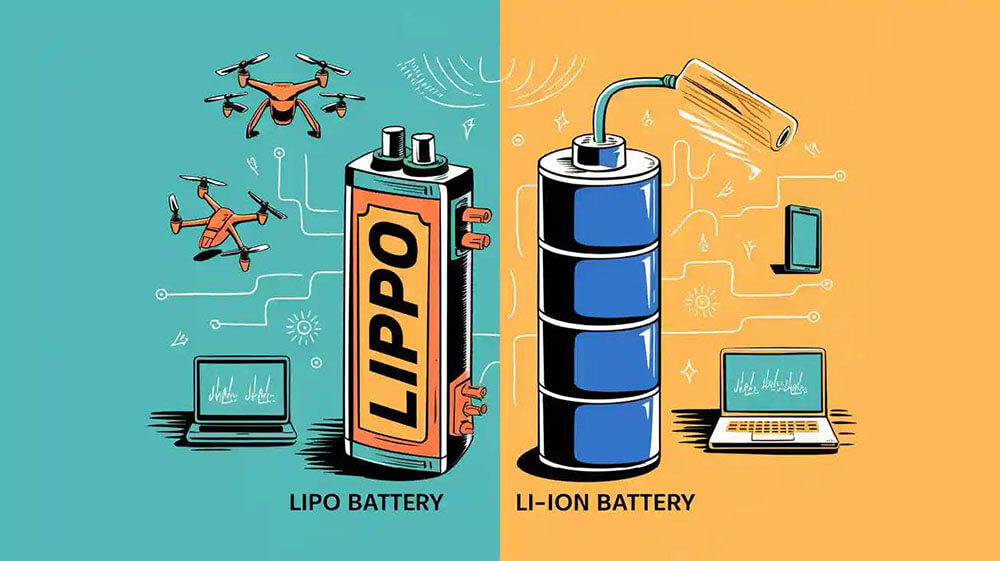Contents
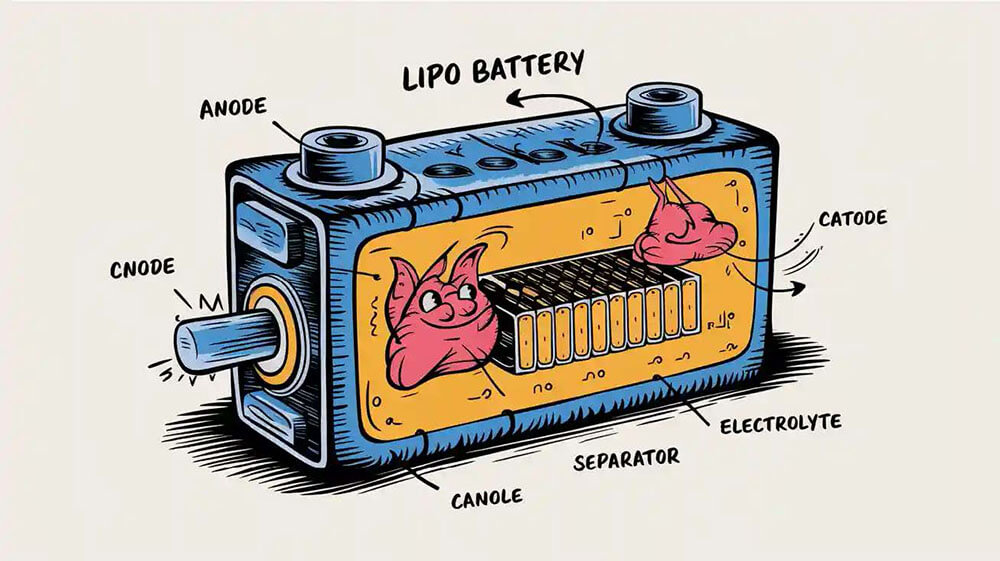
The performance of a LiPo battery is heavily influenced by its internal components of LiPo battery, which include the anode, cathode, separator, electrolyte, tabs, and external casing. Each of these components plays a critical role in energy storage and discharge. For example, optimizing the separator and electrolyte can significantly reduce internal resistance, thereby improving efficiency and minimizing energy loss. With their high energy density and flexible configurations, these batteries are particularly well-suited for industrial applications, such as robotics and drones. By understanding the anatomy of a LiPo battery, you can design safer and more efficient battery packs that are tailored to specific needs.
Key Takeaways
Knowing the main parts of a LiPo battery, like the anode and cathode, helps improve how it works and stays safe.
Picking good materials for battery parts can boost energy storage and make batteries last longer.
Using safe ways to handle and charge LiPo batteries can lower the chances of overheating or fires.

Part 1: Core Components of a LiPo Battery
1.1 Anode: Material Composition and Role
The anode serves as the negative electrode in a lithium polymer battery, playing a critical role in the storage and release of lithium ions during charge and discharge cycles. Traditionally, graphite has been the primary material used for anodes due to its stability and cost-effectiveness. However, advancements in material science have introduced silicon as a promising alternative.
Silicon offers a significantly higher energy density compared to graphite, making it ideal for applications requiring compact yet powerful battery packs.
Despite its advantages, silicon faces challenges such as volume expansion during charge cycles, which can lead to structural degradation and reduced capacity over time.
To address this, researchers have explored the integration of self-healing polymers, which help maintain the anode’s integrity and extend its lifespan. Machine learning techniques have shown a 96% accuracy rate in predicting the effectiveness of these polymers, paving the way for more reliable lithium battery solutions.
For industrial applications, selecting the right anode material is crucial. It directly impacts the energy density, cycle life, and overall performance of the battery pack.
1.2 Cathode: Material Composition and Role
The cathode, the positive electrode in a LiPo battery, determines the battery’s voltage and capacity. It is typically composed of lithium metal oxides, such as lithium cobalt oxide (LiCoO2) or lithium iron phosphate (LiFePO4).
Lithium cobalt oxide offers high energy density, making it suitable for applications where space is limited. However, it may not be the best choice for high-power applications due to its moderate thermal stability.
Lithium iron phosphate, on the other hand, provides excellent thermal stability and a longer cycle life, making it ideal for industrial uses like energy storage systems and electric vehicles.
The choice of cathode material should align with the specific requirements of your application. For instance, if your project demands high energy density, LiCoO2 might be preferable. However, for applications prioritizing safety and longevity, LiFePO4 would be a better option.
1.3 Separator: Preventing Short Circuits
The separator is a thin, porous membrane placed between the anode and cathode. Its primary function is to prevent direct contact between these two electrodes, which could lead to short circuits and thermal runaway.
Advanced separators are designed to withstand mechanical stress and maintain their integrity under various conditions. For example, the pinch-torsion mechanical abuse test has proven more effective than the pure pinch test in evaluating a separator’s resistance to punctures.
Studies using dummy pouch cells have quantified separator performance under different compressive loads, providing valuable insights into their effectiveness in preventing internal short circuits.
High-quality separators are essential for ensuring the safety and reliability of lithium polymer battery packs. They not only prevent short circuits but also contribute to the overall thermal stability of the battery.
1.4 Electrolyte: Enabling Ion Movement
The electrolyte facilitates the movement of lithium ions between the anode and cathode, enabling the battery to store and release energy. In LiPo batteries, the electrolyte is typically a lithium salt dissolved in an organic solvent.
Recent studies have highlighted the importance of electrolyte additives in enhancing battery performance. For instance, a data-driven experimental framework identified a binary formulation of LiBOB (1 wt%) and SA (1 wt%) as highly effective. This combination significantly improved metrics such as area-specific impedance and specific capacity, outperforming other formulations.
The choice of electrolyte and its additives can greatly influence the efficiency, lifespan, and safety of a lithium battery. For industrial applications, optimizing the electrolyte composition is a key step in designing high-performance battery packs.
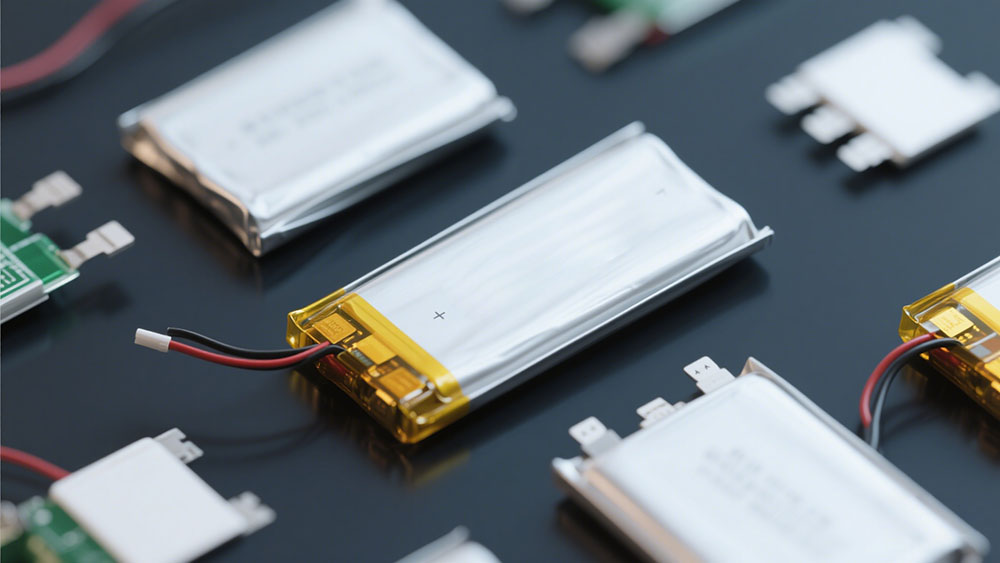
Part 2: Supporting Components and Their Roles in Battery Packs
2.1 Tabs and Connectors: Ensuring Efficient Current Flow
Tabs and connectors are critical battery components that facilitate the flow of current between the cells in a lithium polymer battery pack. These components ensure minimal resistance and efficient energy transfer, which is essential for maintaining the performance of the battery pack.
High-quality tabs, often made from materials like nickel or aluminum, provide excellent conductivity and durability. Connectors, on the other hand, link multiple battery cells to form a cohesive pack. For industrial applications, the design of these connectors must account for factors such as vibration resistance and thermal stability. Poorly designed tabs or connectors can lead to energy losses, overheating, or even overcharging, compromising the safety features of the battery pack.
By optimizing the design and material selection for tabs and connectors, you can enhance the overall efficiency and reliability of your lithium battery packs.
2.2 External Casing: Protection and Durability
The external casing of a lithium-polymer battery serves as the first line of defense against environmental factors such as moisture, dust, and mechanical impacts. It also plays a vital role in maintaining the structural integrity of the battery pack.
Materials like AL6061 aluminum alloy are commonly used for casings due to their excellent balance of mass, structural performance, and thermal capabilities. According to comparative studies, AL6061 offers superior reliability under operational conditions compared to alternatives like Teflon, which lacks structural stability.
For industrial applications, the casing must also withstand vibrations and shocks. High-strength nylon reinforced with fiberglass is another popular choice, as it enhances vibration resistance and contributes to the overall durability of the battery pack. A robust casing not only protects the internal components of the LiPo battery but also ensures compliance with safe practices in demanding environments.
2.3 Battery Management Systems (BMS): Enhancing Safety and Performance
A Battery Management System (BMS) is one of the most advanced safety features in a lithium battery pack. It monitors and controls critical parameters such as charging, discharging, and temperature, ensuring optimal performance and safety.
Empirical evidence highlights the effectiveness of BMS in preventing overcharging and internal short circuits. For instance, LG Energy Solution’s safety diagnosis software achieves a detection rate exceeding 90%, identifying issues like voltage drops and internal faults. Additionally, their predictive tools, powered by AI, forecast battery health with an error rate of just 1%, showcasing the precision of modern BMS technology.
Comparative studies further validate the advantages of BMS over basic protection systems like PCM. While both systems offer overcharge and short-circuit protection, BMS provides advanced features such as cell balancing, temperature monitoring, and state-of-charge (SOC) estimation. These capabilities make BMS indispensable for complex industrial systems requiring high reliability and safety.
Integrating a robust BMS into your lithium-polymer battery pack not only enhances its safety features but also extends its lifespan, making it a valuable investment for industrial applications.
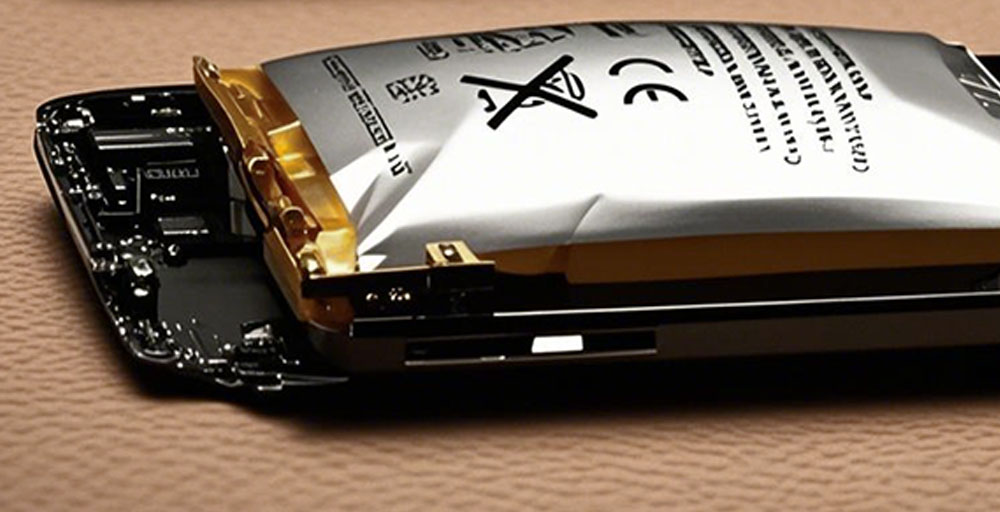
Part 3: Safety Considerations for Lithium Polymer Batteries
3.1 Risks of Overheating and Fire Hazards
Lithium polymer batteries, while efficient, carry inherent risks of overheating and fire hazards. These risks often stem from overcharging, short circuits, or physical damage to the battery components. The construction of LiPo batteries, particularly the use of lithium cobalt cells and polymer pouches, increases their susceptibility to thermal runaway.
A weak battery cell can overheat and rupture, potentially releasing smoke or causing a fire.
Rapid heat buildup in a sealed container may lead to violent eruptions, especially during overcharging or shorting.
Documented incidents highlight the importance of using modern chargers that monitor cell voltage and charging in fireproof containers.
To mitigate these risks, you should prioritize robust battery management systems and adhere to strict charging protocols. For industrial applications, integrating advanced safety features into your lithium battery packs can significantly reduce the likelihood of such hazards.
3.2 Importance of High-Quality Materials and Design
The performance and safety of a lithium polymer battery heavily depend on the quality of its materials and design. High-quality battery components not only enhance efficiency but also minimize risks associated with thermal instability and mechanical stress.
Using advanced materials like NMC811 or lithium metal improves energy density and thermal stability. Large-area wound cells further enhance reliability by minimizing edge effects, ensuring consistent electrochemical performance. For industrial applications, focusing on material quality and innovative design can lead to safer and more durable battery packs.
3.3 Best Practices for Safe Handling and Usage in Industrial Applications
Adopting best practices for handling lithium polymer batteries is essential for ensuring safety in industrial environments. These practices not only reduce risks but also extend the lifespan of your battery packs.
Best Practice | Description |
|---|---|
Engage Risk Experts Early | Collaborate with risk experts during project design to incorporate mitigation strategies. |
Design for Reliability | Focus on reliability in design to minimize risks and reduce long-term costs. |
Document Risk Mitigation | Maintain records of safety features to enhance the project’s risk profile. |
Additionally, you should consider the following:
Avoid using carbon dioxide (CO₂) to extinguish lithium battery fires, as it may lead to reignition.
Use water as a control medium for lithium battery fires, though it requires significant quantities and poses risks of thermal runaway.
Ensure compliance with safety standards like IEC 62619 and UL 1642, which provide guidelines for secondary lithium cells and batteries in industrial applications.
By implementing these measures, you can create a safer working environment and optimize the performance of your lithium battery systems. For more insights into sustainable practices, visit Sustainability at Large Power.
Understanding the internal components of a LiPo battery is essential for designing efficient and safe battery packs. Each component, from the anode to the external casing, plays a critical role in ensuring performance and safety. For industrial applications, proper design and handling are vital to meet operational demands and minimize risks.
Safety Metric | Description |
|---|---|
Puncture Resistance | Reduces the possibility of short circuits caused by physical damage. |
Built-in Safety Features | Includes overcharge and over-discharge protection circuits to prevent errors. |
Thermal Management System | Controls battery temperature to prevent overheating and thermal runaway. |
Custom solutions offer tailored designs, enhanced safety, and optimized performance for specific applications. Explore custom battery solutions from Large Power to meet your unique requirements.
FAQ
1. What makes LiPo batteries suitable for industrial applications?
LiPo batteries offer high energy density, flexible configurations, and lightweight designs. These features make them ideal for robotics, drones, and other industrial systems requiring efficient power solutions.
2. How does a Battery Management System (BMS) enhance safety?
A BMS monitors voltage, temperature, and charge cycles. It prevents overcharging, overheating, and short circuits, ensuring optimal performance and extending the battery’s lifespan.
3. Can LiPo batteries support sustainable practices?
Yes, LiPo batteries can integrate eco-friendly materials and designs. Learn more about sustainability efforts at sustainability at Large Power.
💡 Tip: For custom battery solutions tailored to your industrial needs, visit Custom Battery Solutions. “Large Power” offers innovative designs and reliable performance.


